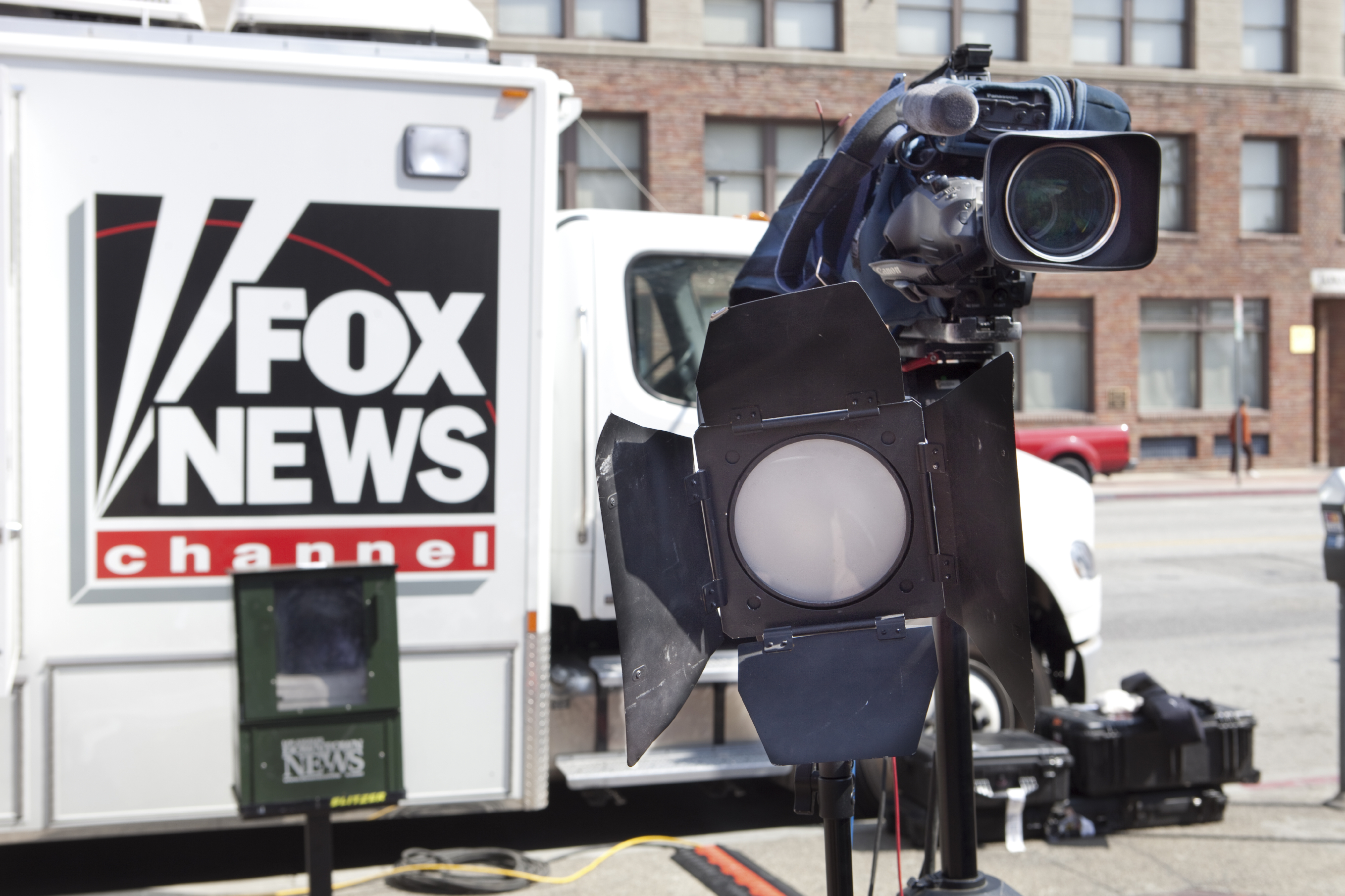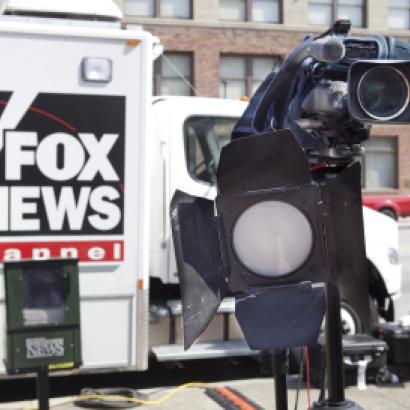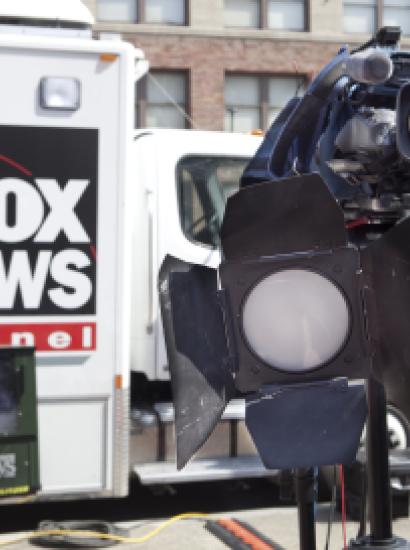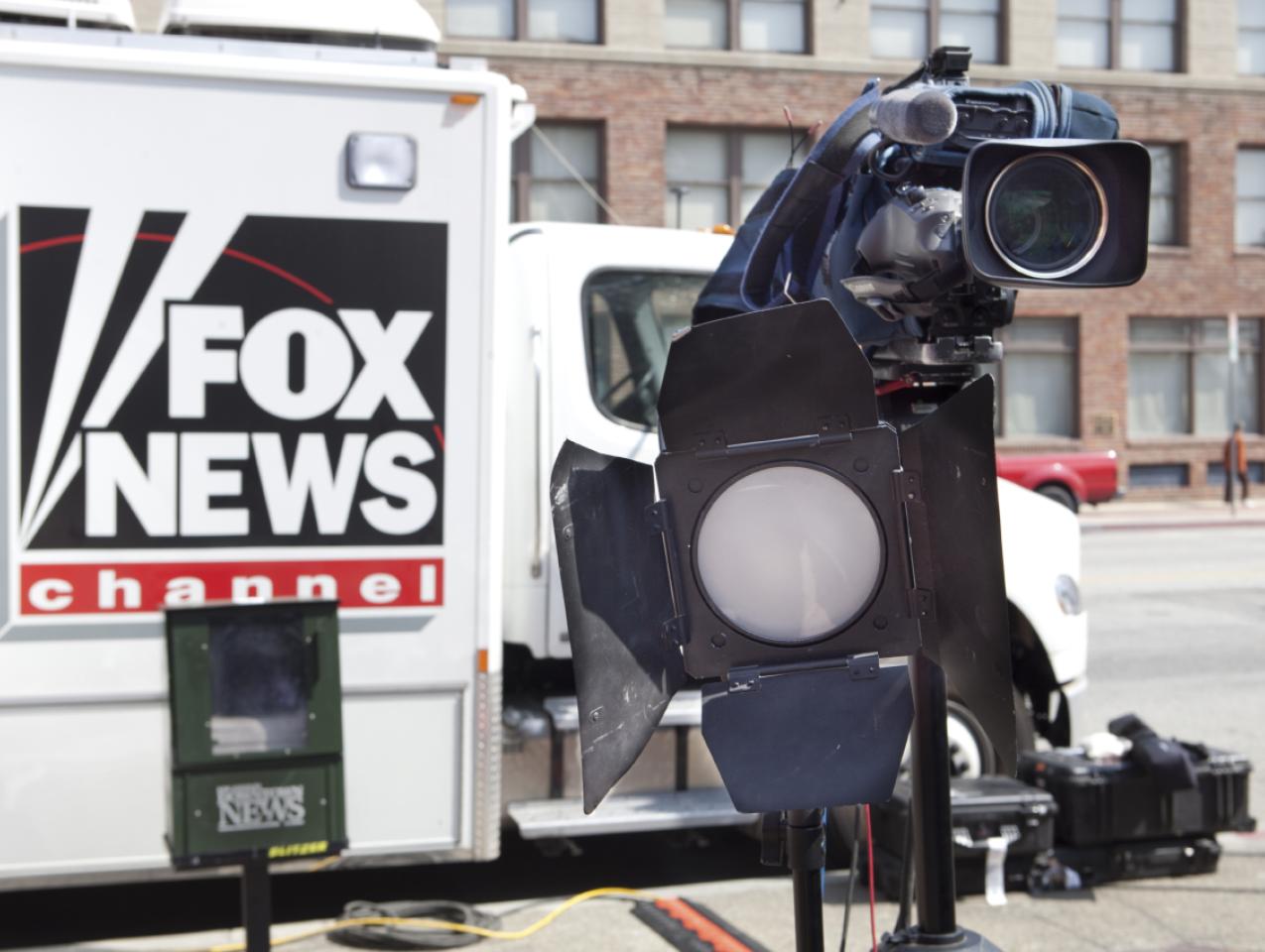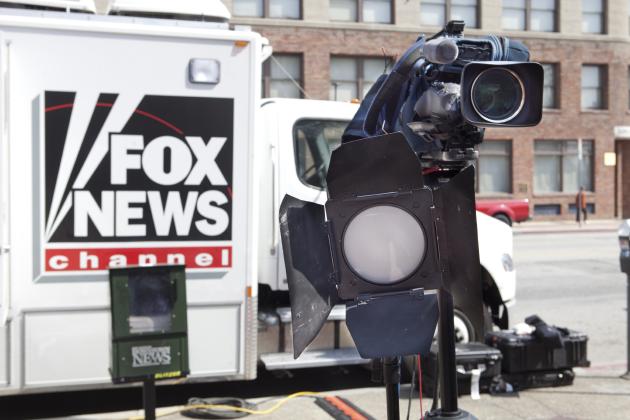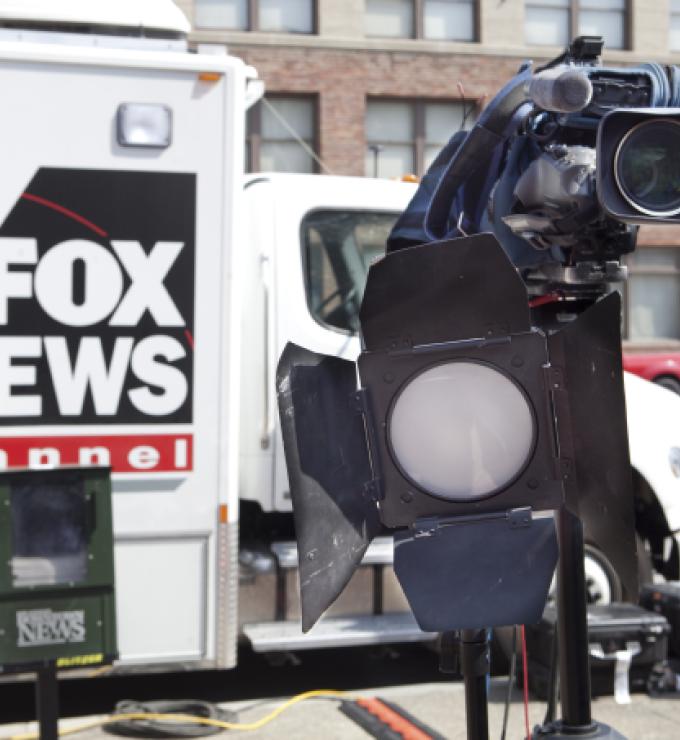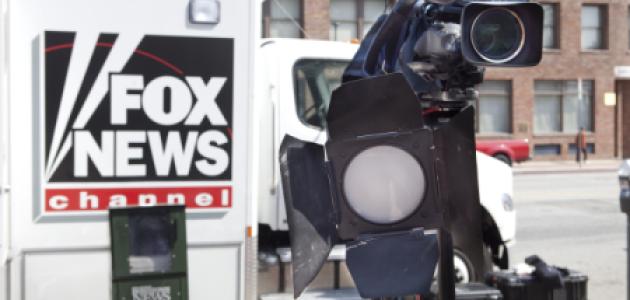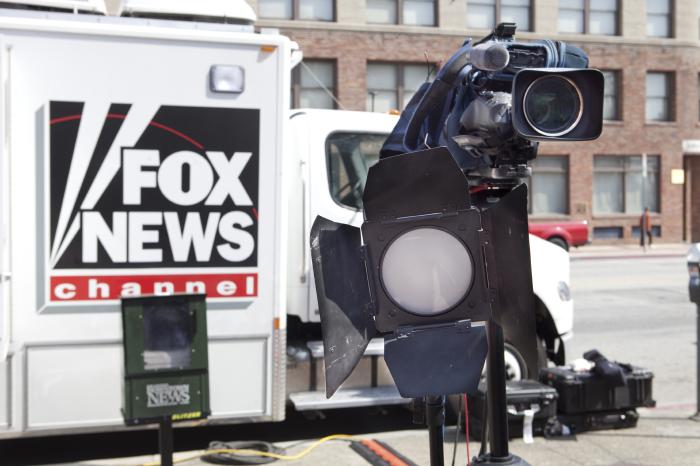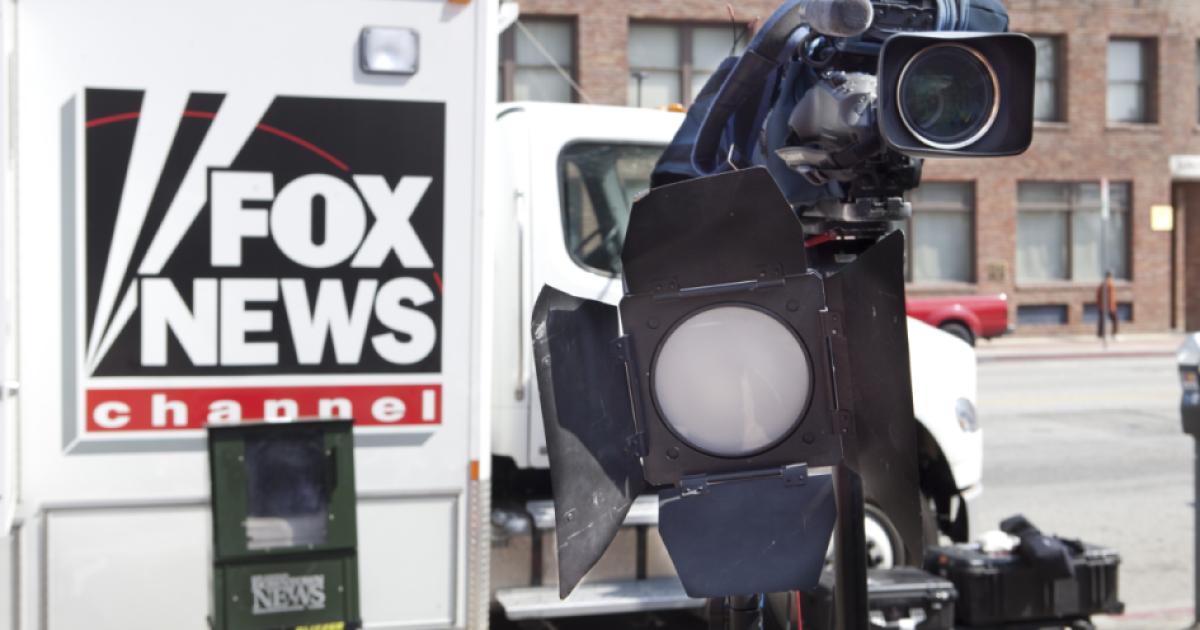- Law & Policy
The biggest media story of the moment is that Bill O’Reilly has been dropped by Fox News as a result of multiple credible sexual harassment allegations. The most intriguing part of this story is why Fox forced O’Reilly out. It did not ease him out because of low ratings or because he admitted to wrongdoing. In fact, O’Reilly railed against the “unfounded claims” lodged against him. Nor did anyone invoke the laws against employment discrimination. No, the reason for his departure was the power of market forces.
In light of the sketchy revelations, over 50 advertisers pulled their spots from O’Reilly’s show, exposing Fox to the risk of financial losses and a reputational drubbing. There’s a lesson here for proponents of the administrative state: The best way to deal with thorny issues like sexual harassment is by following due process and allowing market forces to take their course. We do not need massive federal enforcement of the civil rights laws to curb aggressive and abusive behavior.
Reputation is a firm’s most precious asset. Each activity it engages in can improve its profile with some group, but not with others. O’Reilly exploited that division in public sentiment by rallying his base and baiting his adversaries. But once he crossed the line, the collective reputational response proved brutal. It took its toll without litigation. For a time, the target might stem the tide of bad publicity sparked by claims of sexual harassment. But in O’Reilly’s case, the accumulation of evidence of decidedly uneven quality did its deadly work. The Fox brand was hurt, and so O’Reilly was toast.
How, then, best to generalize from this and similar instances? In my view, the undeniable power of market forces suggests that special administrative sanctions should take, at most, a limited role in cases against major institutions with brand names sullied by bad publicity. But try getting that message across to powers-that-be in the Equal Employment Opportunity Commission (EEOC) or the Office of Civil Rights (OCR) in the Department of Education. These organizations derive their power from statutory mandates to stem discrimination in the workplace or in education, respectively. Their activities show little respect to either the power of ordinary common law suits or of legislation. Instead, one of their prime missions, carried out with devastating efficiency, has been to shoehorn harassment cases into the discrimination norm. What follows is a textbook lesson of the aggrandizement of powers of administrative agencies.
The text of Title VII of the 1964 Civil Rights Act provides that it shall be unlawful for any employer “to fail or refuse to hire or to discharge any individual, or otherwise to discriminate against any individual with respect to his compensation, terms, conditions, or privileges of employment, because of such individual’s race, color, religion, sex, or national origin.” There is no question that when Title VII was adopted in 1964, no one thought that its prohibition applied to sexual harassment cases, which would be subject to a combination of common law actions and private employer discipline. To its credit, when the Supreme Court extended Title VII in 1986, it limited its application to cases in which the practices were “severe or pervasive.”
Historically, however, the more accurate reading is that it applied only to contractual terms that, for example, discriminated on grounds of sex in awarding vacation time or rest periods. Title VII is also a poor fit for those common cases in which supervisory employees, for example, are equally abusive to male and female employees. But the major consequence of the doctrinal expansion of Title VII is that it allowed the EEOC to impose extensive obligations on how firms do business on a daily basis. Traditional libertarian norms punish the underlying harassment without that administrative overlay. Indeed, the intentional and prolonged nature of the wrong makes it a target for punitive damages. In those cases where employers engage in abusive treatment against both sexes, its improper conduct just doubles the wrong. Under a sex discrimination theory, it eliminates the violation. Clearly, sexual harassment is a poor fit with the antidiscrimination laws, which is why all of O’Reilly’s critics never invoked those laws in their public denunciations. Nonetheless, Title VII gives the EEOC enormous leverage over the way in which all private businesses organize their internal responses to sexual harassment.
The situation is even more dramatic in connection with Title IX of the 1972 Civil Rights Amendments, which applies to educational institutions. Its key provision says: “No person in the United States shall, on the basis of sex, be excluded from participation in, be denied the benefits of, or be subjected to discrimination under any educational program or activity receiving Federal assistance.” Title IX gets its enormous pop because it gives the federal government the power to oversee any institution that receives federal funds, a far more powerful lever than individual lawsuits after alleged violations have occurred. That huge power should caution a narrow reading of the provision, which is consistent with its textual structure.
Title IX does not show special solicitude to the position of women. Its basic command protects all persons equally. Even though the section is written in the passive voice, a subsequent statutory reference to an educational institution makes it clear that it applies only when the institution excludes people from certain programs, or denies them benefits on grounds of sex. The catchall provision on discrimination should likewise be limited to actions of the institution. Indeed, a key provision of Title IX, usually neglected today, contains exemptions for religious and military institutions, which had traditionally sex-segregated activities. At no point does Title IX mention sexual harassment, either by employees or by students at these institutions. Title IX did not displace or supplement the traditional mix of internal institutional sanctions and common law remedies of assault, battery, and kindred activities that should be used to deal with these issues.
Nonetheless, the OCR has emphatically taken the opposite position, most notably in an April 2011 Dear Colleague letter. That guidance begins with a commonly invoked categorical statement: “Title IX protects students from sexual harassment in a school’s education programs and activities.” The letter also contains multiple references to how Title IX “requires” these universities to deal with a wide range of harassment activities by one student against another, without ever once quoting any statutory language or legislative history that supports its bold conclusion. This Title IX juggernaut result has questionable legitimacy because a wishy-washy guidance document is not a major regulation issued only after interested parties are given a chance to comment on the proposals before they are put into effect. The Dear Colleague letter contains the usual disclaimer that the document is only intended to “provide the public with information” about their various rights and duties, and it further notes that “letter does not add requirements to applicable law.”
No one should be led astray by these legal niceties. The Office of Civil Rights declaims that “If a school knows or reasonably should know about student-on-student harassment that creates a hostile environment, Title IX requires the school to take immediate action to eliminate the harassment, prevent its recurrence, and address its effects.” The overreach in this one sentence should be apparent. Nothing in Title IX imposes any liability on an educational institution because “it reasonably should know” about certain forms of activities. The liability is limited to the cases where it is the institution itself that commits the wrong, where the assumption of knowledge could never be contested. Nor does OCR explain how “student-on-student” activities of any sort—let alone those which involve sexual harassment, which is outside the scope of Title IX as drafted—are covered by Title IX. Most dangerously, this guidance imposes extensive systems to monitor every aspect of student life on all relevant institutions.
These obligations are uncertain in scope and costly to comply with. But the assertion of these requirements further expands the power of the OCR because it allows it to attack an institution, not only after an instance of harassment occurs, but far earlier by dictating the kinds of procedures that should be used to deal with individual claims. That power in turn allows the OCR to dictate that university tribunals use a low “preponderance of the evidence” standard in internal procedures and to limit the power of cross-examination when harassment charges are levied. The entire apparatus is massive overreach that calls for prompt corrective action. Nothing in Title IX requires these draconian provisions that offend even the most minimal conception of due process, which requires a fair opportunity to confront the witnesses against you.
The good news is that the Trump administration can pull the 2011 guidance and return Title IX to its original role. The reputational and legal sanctions that worked with Bill O’Reilly are more than sufficient to keep educational institutions on their toes.







